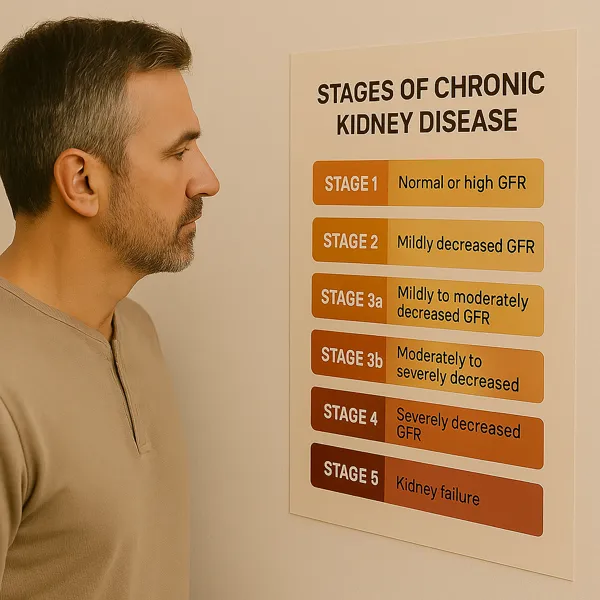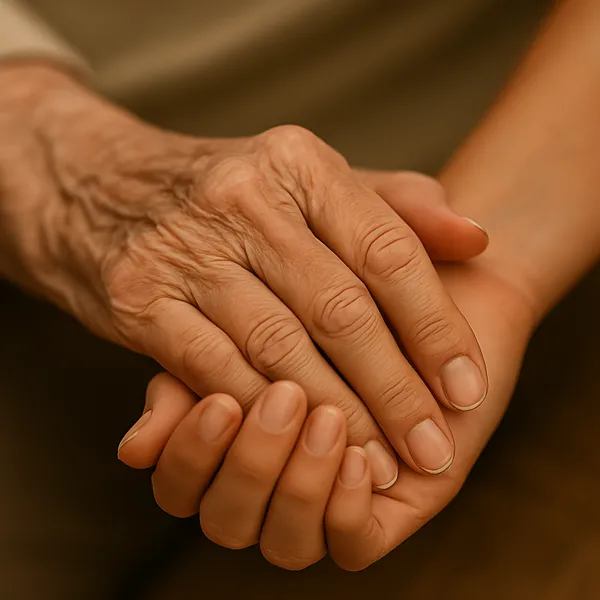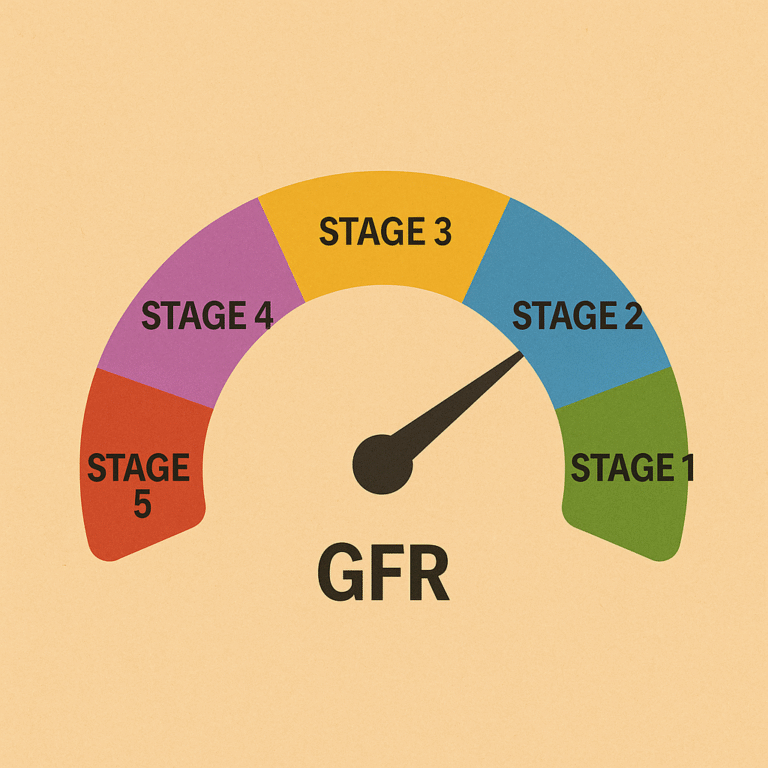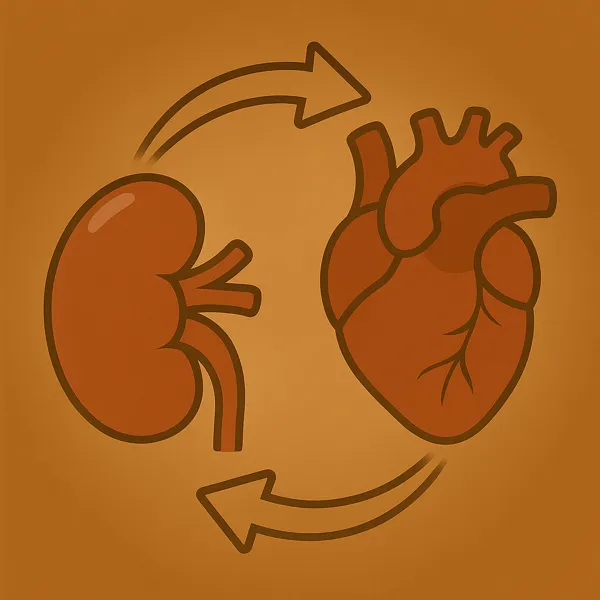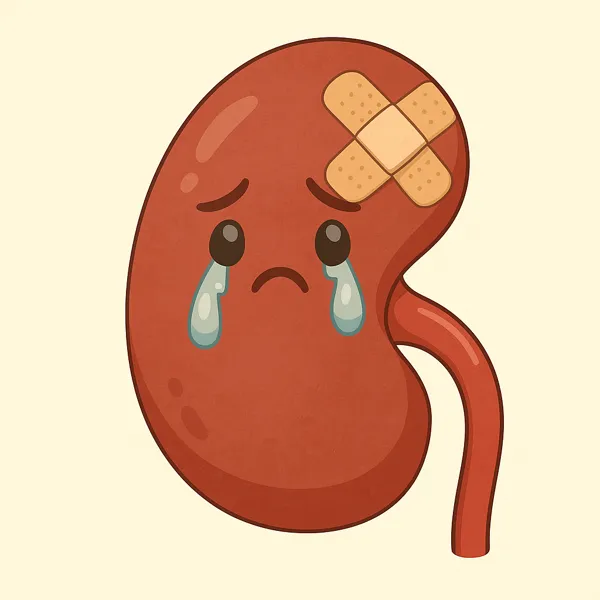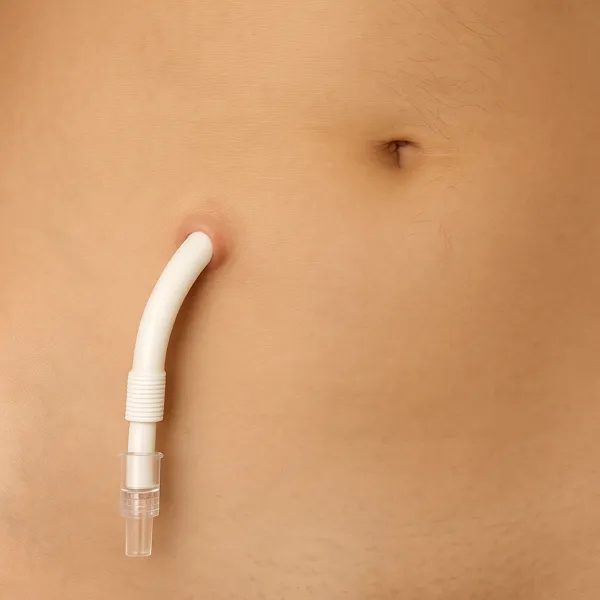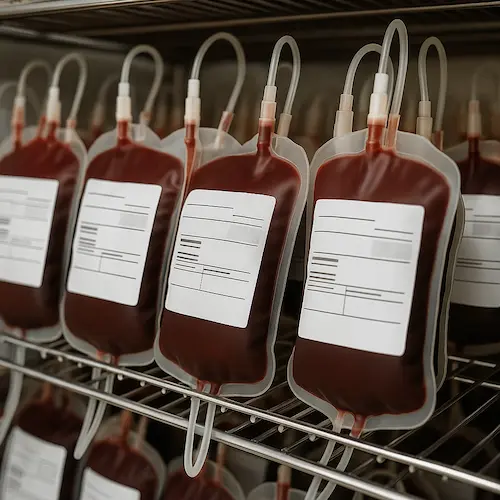CKD Stages 1 Through 5 and Why Does this Matter to Me?
Understanding the CKD Staging System
If you’ve recently been told you have “Stage 3 CKD” or “early-stage kidney disease,” you might be wondering about CKD Stages:
- What exactly does this number mean?
- Is it reversible?
- Am I going to need dialysis?
These are reasonable questions, and the answers depend on understanding how chronic kidney disease (CKD) is staged and what those stages imply for your health, care plan, and future.
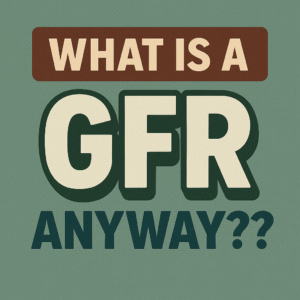
The Five Stages of CKD
The CKD staging system is based primarily on your estimated glomerular filtration rate (eGFR), a number that reflects how well your kidneys are filtering waste from your blood. Your eGFR is calculated using your creatinine level, age, sex, and sometimes ancestry.
Here’s a breakdown of each stage:
Stage 1: Normal function with signs of damage
- eGFR: 90 or above
- What it means: Your kidneys are still filtering well, but there are early signs of damage (like protein in the urine).
- What to do: Focus on managing risk factors (e.g., blood pressure, diabetes), avoid harmful meds (like NSAIDs), and stay monitored.
Stage 2: Mild loss of function
- eGFR: 60–89
- What it means: A slight decline in function, often still asymptomatic.
- What to do: Continue lifestyle and medical management. Stage 2 CKD is often stable for years.
Stage 3a & 3b: Moderate loss of function
- eGFR: 45–59 (3a), 30–44 (3b)
- What it means: This is usually the first time CKD is “noticed” in labs. You may begin to feel subtle symptoms: fatigue, swelling, or mild blood pressure issues.
- What to do: A kidney-friendly diet and regular monitoring are important now. This is often the stage when referrals to a nephrologist begin.
Stage 4: Severe loss of function
- eGFR: 15–29
- What it means: Your kidneys are struggling to keep up. You may need adjustments in medication dosing, dietary limits, and closer follow-up.
- What to do: Prepare for decisions about future treatments, such as dialysis or transplant evaluation. But some people stay in Stage 4 for years with proper care.
Stage 5: Kidney failure (End-Stage Kidney Disease)
- eGFR: Less than 15
- What it means: Your kidneys are no longer able to support your body’s needs. This is when dialysis or a transplant is typically needed.
- What to do: This stage requires specialized care and strong support systems. Advance planning makes a big difference here.
What the Stages Don’t Tell You
- Stages don’t predict how fast your CKD will progress. Some people stay stable for decades, while others may decline more quickly.
- Stages don’t tell you the cause. Your CKD stage is about function, not diagnosis. It’s possible to have Stage 3 CKD from diabetes, lupus, or a medication effect — and the treatment may differ.
- Stages don’t measure your symptoms. Some people with Stage 4 feel fine; others with Stage 2 feel fatigued. Your experience matters.
Can You Move Between Stages?
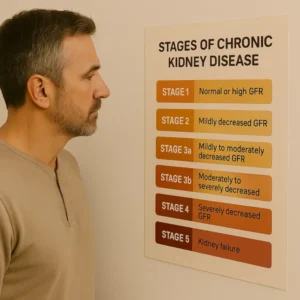
Yes. Especially in the early stages, it’s possible to stabilize or even improve kidney function with:
- Medication adjustments
- Better blood pressure or glucose control
- Stopping harmful agents like NSAIDs
- Improving hydration and nutrition
Progression isn’t inevitable. Slowing down—or even halting—CKD progression is a major goal of treatment.
The Takeaway
Staging helps your doctors communicate, plan treatment, and anticipate complications. But it’s not the whole story. Your stage is a snapshot, not your destiny.
The most powerful thing you can do is ask:
“What can I do to protect the kidney function I have?”
Your care team — and we at Naturenal — are here to help answer that question.
References
- Levin A, Stevens PE. Summary of KDIGO 2012 CKD guideline: behind the scenes, need for guidance, and a framework for moving forward. Kidney Int. 2014;85(1):49–61.
- National Kidney Foundation. CKD Stages. https://www.kidney.org/kidneydisease/aboutckd

